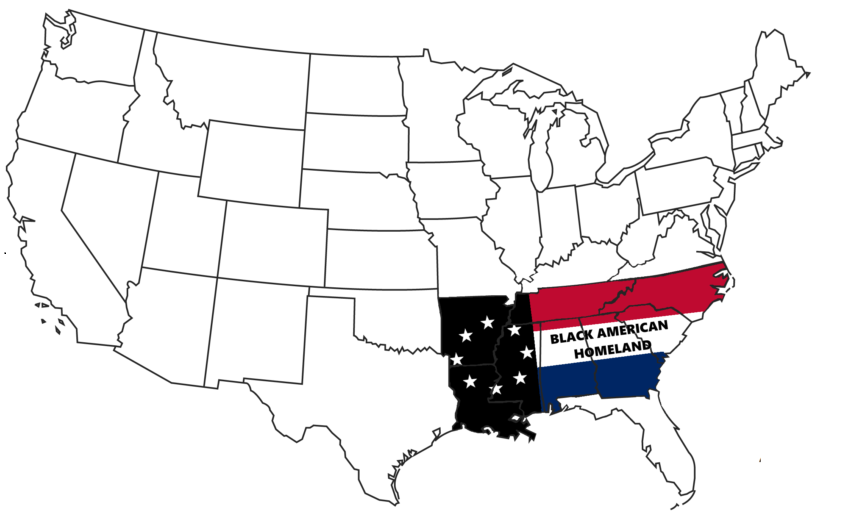The Great Reverse Migration is a term coined by political activist Frederick Delk to describe the predicted movement of African Americans from northern and western states back to the southern states of the United States. According to Delk, this migration will result in African Americans becoming the dominant demographic and political force in the region by 2050.
Delk argues that the Great Reverse Migration is driven by a number of factors. One is economic opportunity. Many northern and western cities have seen a decline in manufacturing and other industries that have traditionally provided jobs for African Americans. At the same time, the southern states have seen an economic resurgence, driven in part by the growth of the technology and service sectors. This has led to an increase in job opportunities in the region, which Delk believes will attract African Americans back to the south.
Another factor driving the Great Reverse Migration, according to Delk, is the high cost of living in northern and western cities. Housing costs, taxes, and the cost of living in general are much higher in these areas than in the south, making it increasingly difficult for African Americans to afford to live there. The south, on the other hand, is generally less expensive, which Delk believes will make it an attractive destination for African Americans looking to relocate.
Delk also points to the changing political climate in the south as another factor driving the Great Reverse Migration. In recent years, many southern states have become more politically progressive, with more Democratic representation and policies aimed at addressing social and economic inequality. Delk believes that this changing political climate will make the south a more welcoming place for African Americans and other marginalized groups.
Delk’s prediction of the Great Reverse Migration has been met with some skepticism, as some experts believe that the demographic and political realities of the south have not yet shifted enough for African Americans to become a dominant force in the region. However, it is important to note that the south has seen an increasing trend of African American population growth and political representation in recent years, and the demographic projections for the next several decades indicate that the region will become more diverse in the coming years.
It’s worth noting that the Great Reverse Migration, if it does occur, would have significant implications for the political and economic landscape of the southern states and the United States as a whole. It could lead to a realignment of political power, with the south becoming more politically progressive and more closely aligned with the Democratic party. It could also lead to increased economic opportunity for African Americans and other marginalized groups, as well as a reduction in income inequality and poverty.
In conclusion, Frederick Delk’s prediction of the Great Reverse Migration is based on demographic and economic trends that have been observed in recent years, and while it is not a certainty, it is a possibility that should be taken seriously. The Great Reverse Migration, if it does occur, would have significant implications for the political and economic landscape of the southern states and the United States as a whole.
